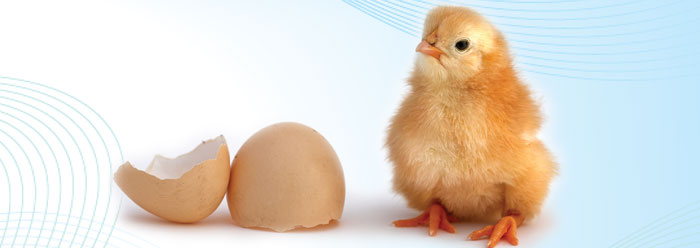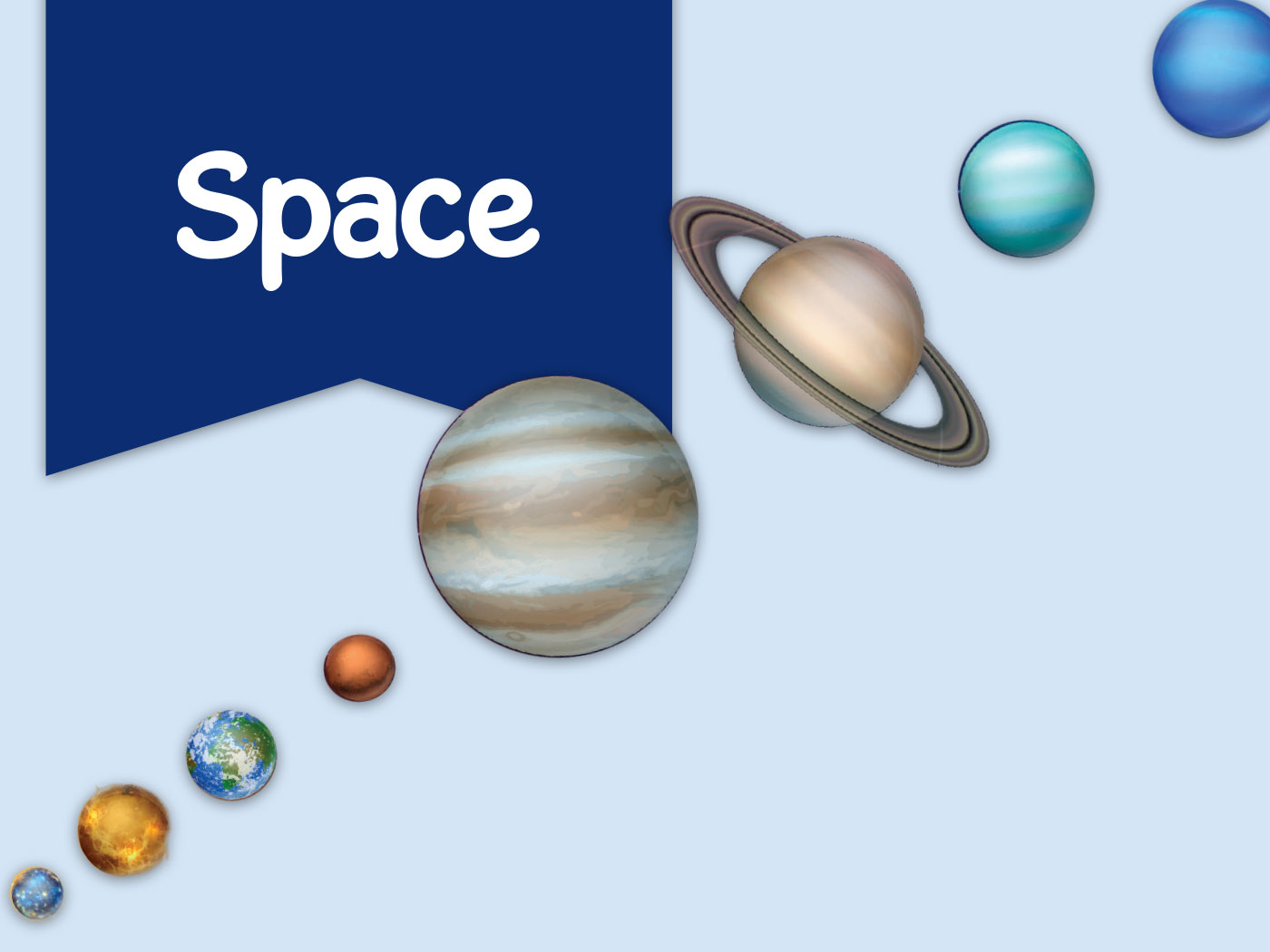Which came first, the chicken or the egg? A fresh usage of this familiar question can quickly illustrate unseen strengths to the design argument. At first, the issue seems to be one of timing. That problem is real, but so is the need for the parts for the chicken or egg, the information, and conditions of these to be:
- available,
- localized,
- capable of functioning together,
- for a purpose, and, of course,
- at the right time.
It doesn't matter whether the goal is the chicken or the egg; the absence of the information, conditions, or any vital part is a definite show-stopper. The chicken/egg scenario--symbolic of any reproducing organism--is really about the absolute unity of certain vital parts to vital functions.
In regard to function, designers need to know if all, some, or none of it is maintained without the full set of parts. They know that some aspects of their project can be built by increments, but at certain phases all of those parts must be collected together and built together or none of that specific function can be obtained. In the living world, these are called "vital" parts.
The fact that all-or-nothing unity exists cannot be ignored--especially when the known source is always real design. So, when all-or-nothing unity is found in the living world, the reasonable conclusion is that it is evidence of a real Designer's work.
Explaining the Vital Unity of Parts and Function
It is not difficult to present the case for all-or-nothing unity. A powerful, yet easily understood, statement is this: In organisms, some parts are so important to the function of life that if they are missing, life stops. Excellent examples are found for certain molecules, organs, and systems, but the explanation of these can get complicated. So the difficulty is deciding on a great example.
Thinking biblically, it is notable that Genesis' account of the first and foremost unified biologically vital system, reproduction, is absolutely contrary to classic evolutionary origins of this core process. It cannot be overstated that for evolution to proceed, it is not enough just to attain some physiological function--what is needed is reproductive life. Fortunately, when engaging in conversation, reproduction is a science topic where almost everyone has some knowledge.
Using reproduction as the example of all-or-nothing unity in a conversation is powerful. For the first time, most listeners will hear something that totally defies evolutionary dogma. They will be astounded to learn that the minimum number of parts necessary for an organism to reproduce is --the organism itself. The whole organism is vital. This is scientific fact. It doesn't mean that every part is vital, but it does mean that only the organismal unit encompasses all of the critical parts, information, and conditions necessary to reproduce itself according to the constraints of its life cycle.
There is no scientific evidence showing some organisms as "primitive" and some as "advanced." Life forms are just different, with most being extraordinarily complex. So, in order for the single-cell bacteria, believed by evolutionists to be thoroughly primitive, to reproduce by fission, budding, or fragmentation--the bacteria itself is needed. Yet, in order to produce a human baby, a man and a woman, and all of their vital interdependent parts, are the essentials--science has shown that it cannot be broken down to any smaller level.
Another advantage of using reproduction as an example of all-or-nothing unity is that it underscores the impotence of an iterative evolutionary process--dependent on procreative processes--to explain the origin of reproduction. How do organisms "arise" by increments until they can reproduce?
This fact is so indicting that evolutionists will push back with all kinds of arguments, but they will all cheat in their explanations. Every example given will always start and end by using some vital things from the organism itself, so be looking for this. For example, yes, there is invitro fertilization, but that starts with donor egg and sperm and the embryo is returned to the normal realm of development.
Evolutionists Publish Insufficient Explanations
When in conversation, be assured that evolutionists will fail to explain the origins of biological information and reproduction. Point out how they simply skip explaining a main biological feature by always starting with reproducing entities.
The literature has avoided detailed explanations of all-or-nothing unity for the vital parts of reproduction. For instance, most people could do a search for the evolutionary origins of mammal reproduction. They will uncover claims that it began as a simple alteration from an egg-laying reptilian system. But details of how the changes could happen are missing. And what about the origin of a mammal's life-sustaining milk ducts? The literature states that these slowly arose from "modified sweat glands"--without a second thought of an offspring's nutritional needs pending modification.
The best evolution-based journals have published replies to all-or-nothing unity for other parts of organisms.1 However, these articles have all claimed that the solution to all-or-nothing unity lies in researchers imagining where similar--not always identical--parts could be borrowed ("co-opted," "pre-adapted," or "recruited") from existing objects. Even if borrowed parts could work, which is doubtful, only condition one, availability, is satisfied. The necessary information and other four conditions are not even addressed. Thus, by taking an indirect path to all-or-nothing unity, these responses not only fail to engage the true issue, but also demonstrate how imagination cannot substitute for testable findings.
Learning a Short Example
If the iterative evolutionary mechanism is crushed by the ultimate circular dilemma--it takes an organism to produce an organism--and only God can break the circle, then why did headlines recently declare, "Scientists create a living organism"? Can it really be that complex if "scientists have turned inanimate chemicals into a living organism that raises profound questions about the essence of life"?2 Actually, the complexity is staggering.
After 15 years and $40 million invested, results of the ongoing project--published with abundant hyperbole in Science3--simply confirmed that the minimum number of vital parts to make a bacterium is a bacterium. As it relates to life, these researchers copied DNA code of one species, added four segments of human-derived code, inserted this genome into a similar bacterium that had been emptied of its DNA, and, voila, it reproduced. They "created" neither the information nor vital conditions, but were obliged to utilize an existing cell and plagiarized genetic code.4
The Bible has a far more scientifically accurate explanation for the origin of reproduction. In Genesis 1:11, the first biological entities are those "whose seed is in itself." Not only is the origin of all-or-nothing unity answered, but the Hebrew meaning of "seed" correctly presents reproduction as a unified whole. This one word summarizes the act of sowing, that which is sown, and the product of sowing, which contains yet more indispensable seed. The necessary conditions, parts, and information converge--an event distinctive of real design, not random forces of nature --enabling organisms to diversify, multiply, and fill new environments.
Pulling It All Together
Darwin knew the exceeding improbability of unintelligent natural forces alone building life's complexity. His theory attempts to beat the odds one tiny bit at a time, and hence is limited by:
- Life being "evolvable," meaning organisms can reproduce and offspring have diverse traits.
- The environment's ability to see, select, and save organisms' favorable traits.
- Environmental powers acting on traits to incrementally increase complexity over many generations, thus making organisms only look like they were designed.
Use all-or-nothing unity, particularly in reproduction, to confront evolution's attempt to chip away at prohibitive improbability and explain biological design.
- Reproduction is one of many processes revealing that all necessary conditions, parts, and information must come together or nothing of the function is achieved--a distinctive of real design.
- Scenarios depicting organisms arising incrementally are implausible since the minimum number of parts necessary for an organism to reproduce is the organism itself.
- Evolutionary explanations cheat. Reproductive origins are not explained, they start with replicating life.
- Natural selection, Darwin's substitute god, has no ability to see, select, act on, favor, or operate as an agent of change.
Why should anyone believe that the living world only looks like it is designed, but really isn't? In fact, the design in the living world is such that it resists being explained by natural causes. All scientific evidence shows that creatures come programmed with innate abilities to reproduce after their kind, but not with strictly identical offspring, in order to diversify, multiply, and fill new environments. The Bible clearly says not only that the Lord Jesus Christ designed life, but also reveals how He did it: the chicken was created "whose seed [egg or sperm] was in itself"--all at one time.
References
- See Clements, A. et al. 2009. The reducible complexity of a mitochondrial molecular machine. Proceedings of the National Academy of Sciences. 106 (37): 15791-15795.
- Cookson, C. Scientists create a living organism. Financial Times. Posted on ft.com May 20, 2010, accessed July 12, 2010.
- Gibson, D. G. et al. 2010. Creation of a Bacterial Cell Controlled by a Chemically Synthesized Genome. Science. 329 (5987): 52-56.
- See Thomas, B. Have Scientists Created a Synthetic Cell? ICR News. Posted on icr.org May 27, 2010, accessed June 28, 2010.
* Dr. Guliuzza is ICR's National Representative.
Cite this article: Guliuzza, R. 2010. All-or-Nothing Unity. Acts & Facts. 39 (9): 10-11.






















